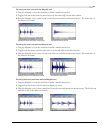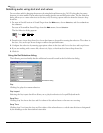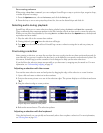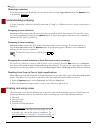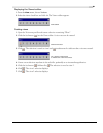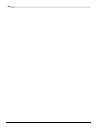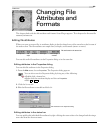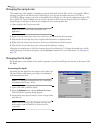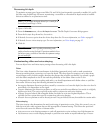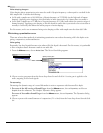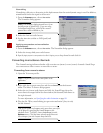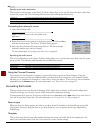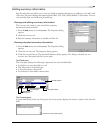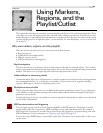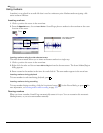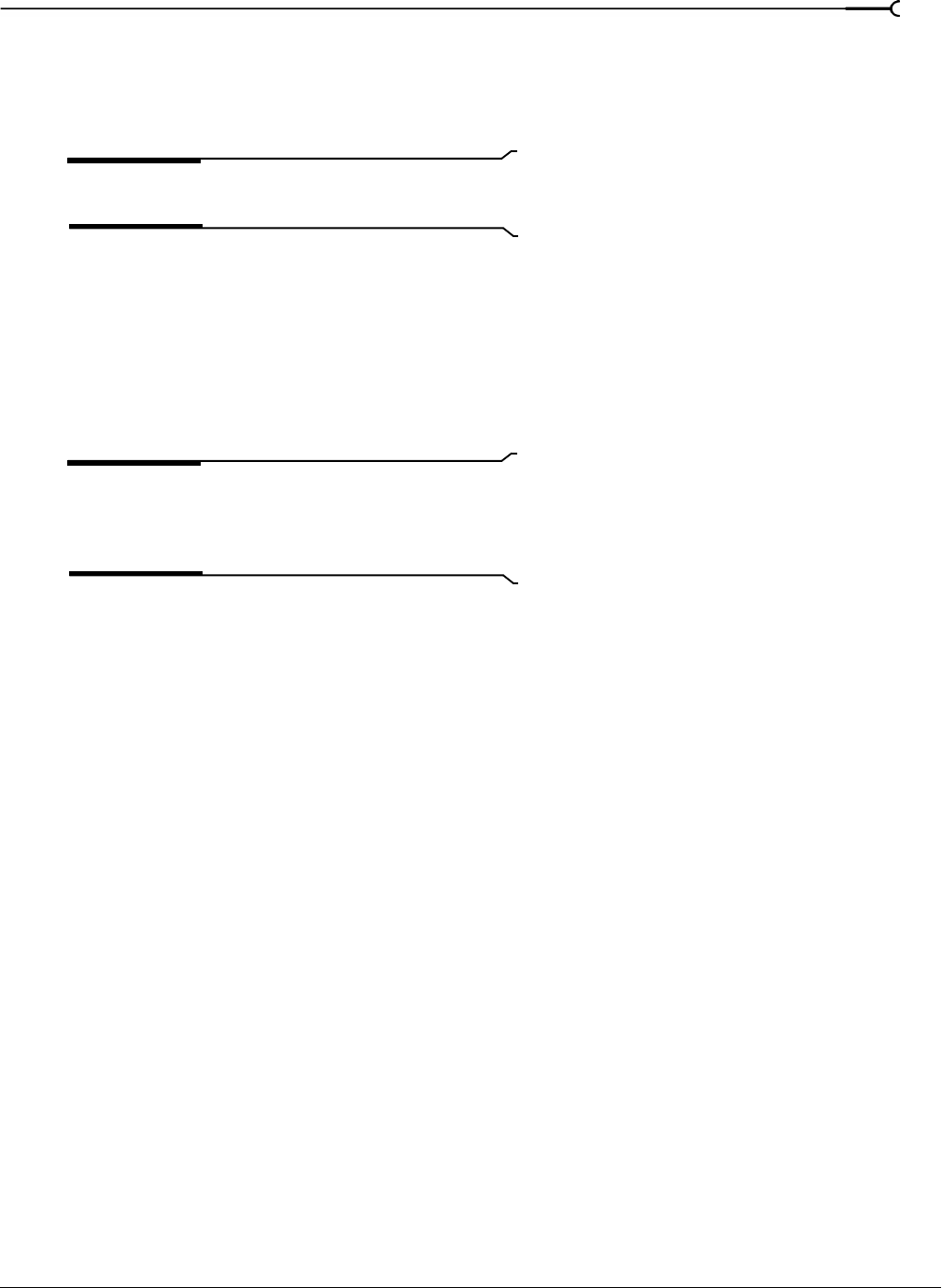
CHP. 6 CHANGING FILE ATTRIBUTES AND FORMATS
85
Decreasing bit depth
To maximize storage space, larger sound files (24- and 16-bit) are frequently converted to smaller (16- and 8-
bit) files using Sound Forge. However, representing a sound file at a decreased bit depth results in audible
distortion referred to as quantization error.
Note:
The maximum bit-depth allowed for a sound file in
Screenblast Sound Forge is 16-bit.
1.
Open a 16-bit file.
2.
From the Process menu, choose Bit-Depth Converter. The Bit-Depth Converter dialog appears.
3.
From the Bit depth drop-down list, choose 8 bit.
4.
If desired, choose an option from the Dither drop-down list. For more information, see Dither on page 85.
5.
If desired, choose a Noise shaping type. For more information, see Noise shaping on page 85.
6.
Click OK.
Note:
There are no rules regarding maintaining audio
quality when decreasing bit depth. Experiment with the
Dither
and
Noise shaping controls to determine the optimum settings
for each audio file.
Understanding dither and noise shaping
You can adjust Dither and Noise shaping settings when decreasing a file’s bit depth.
Dither
The Dither value determines the randomness of the dither (generated noise) used to mask quantization
distortion resulting from conversion to a lower bit depth. This drop-down list requires you to select from
several shapes, each of which roughly describes the pattern that would be produced if you plotted a graph
with the dither amplitude on the X-axis and the probability of the dither values on the Y-axis.
As is frequently the case when working with audio, you should experiment with dither values to yield the
best results. However, keep the following information in mind:
•
Rectangular eliminates distortion products caused by conversion to a lower bit depth, but the noise level is
more likely to be dependent on the signal.
•
Triangular eliminates the distortion products as well as any noise floor modulation, but results in a slightly
higher noise level. The option typically works well in conjunction with noise shaping.
•
Highpass Triangular behaves like triangular dither, but shifts its noise into higher frequencies. This is
typically the best option when used in conjunction with noise shaping.
•
Gaussian does not perform as well as Rectangular and Triangular dither, but may be suitable for certain audio.
Noise shaping
The Noise shaping value determines the aural positioning of quantization noise. Using this control, you can
shift the noise into audio registers that are less perceptible to human hearing. This lowers the perceived
noise floor and creates the illusion of cleaner audio.
•
High-pass contour noise shaping attempts to push all quantization noise and error into high frequencies.
•
Equal-loudness contour noise shaping attempts to push the noise under an equal-loudness type of curve.



